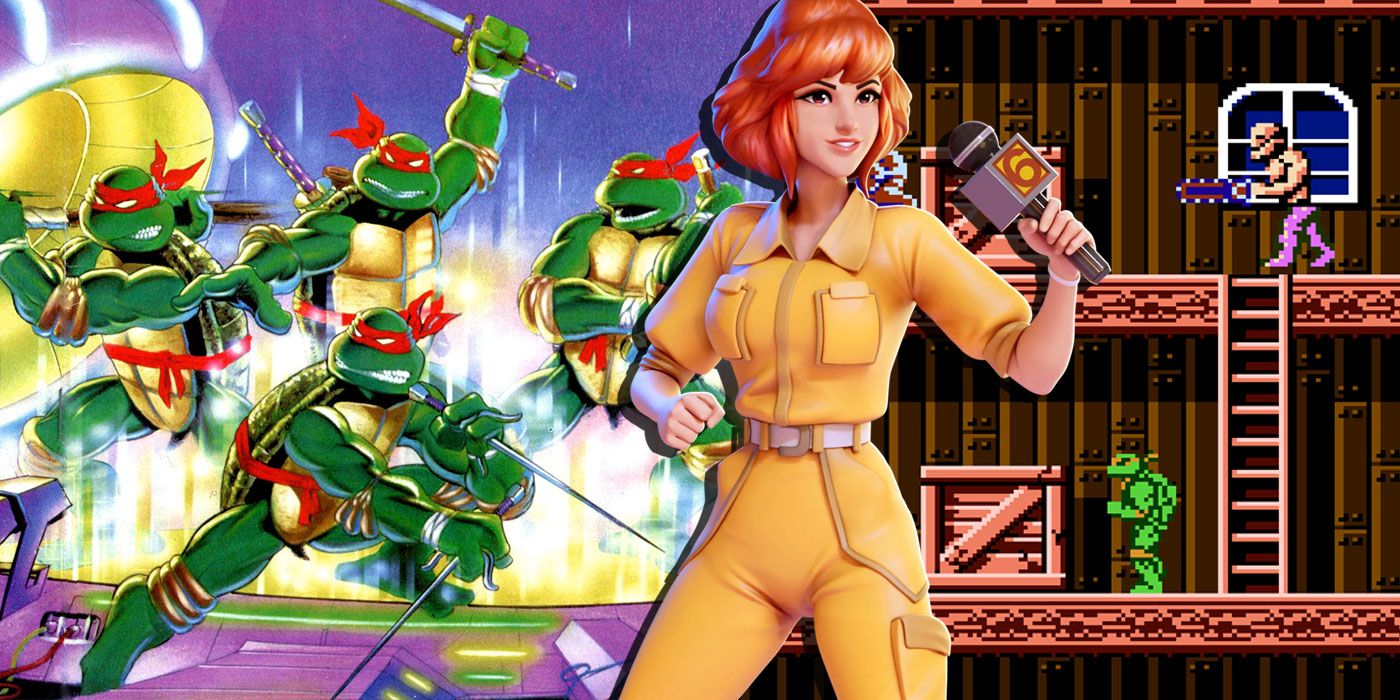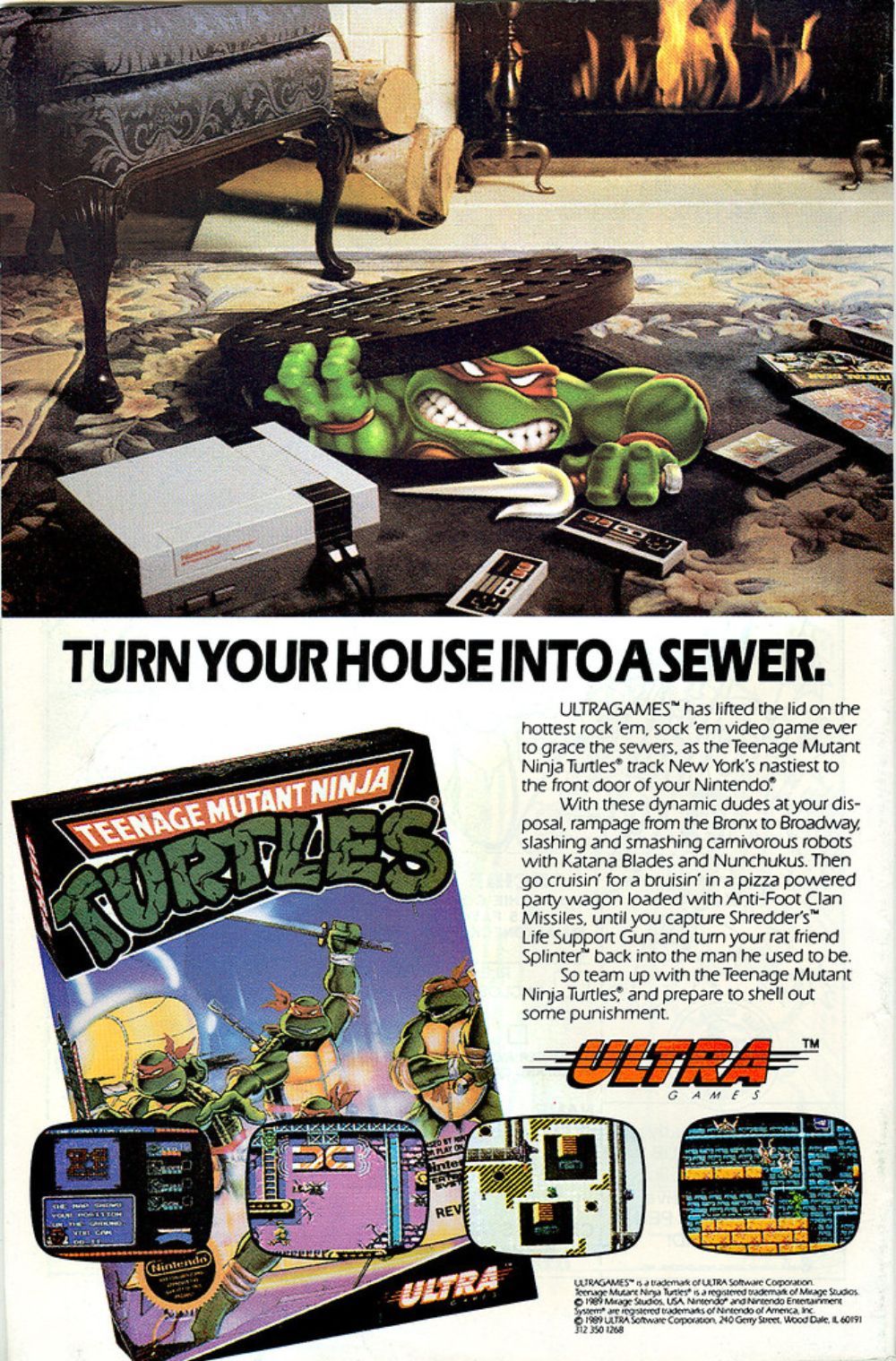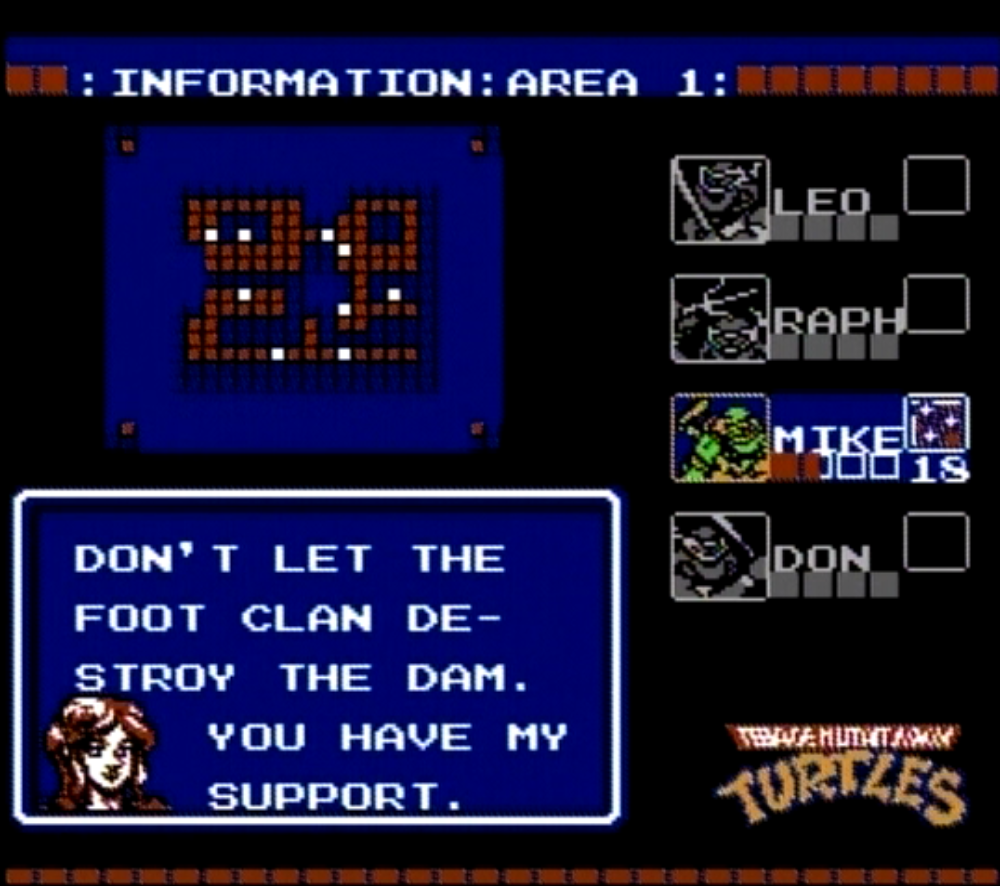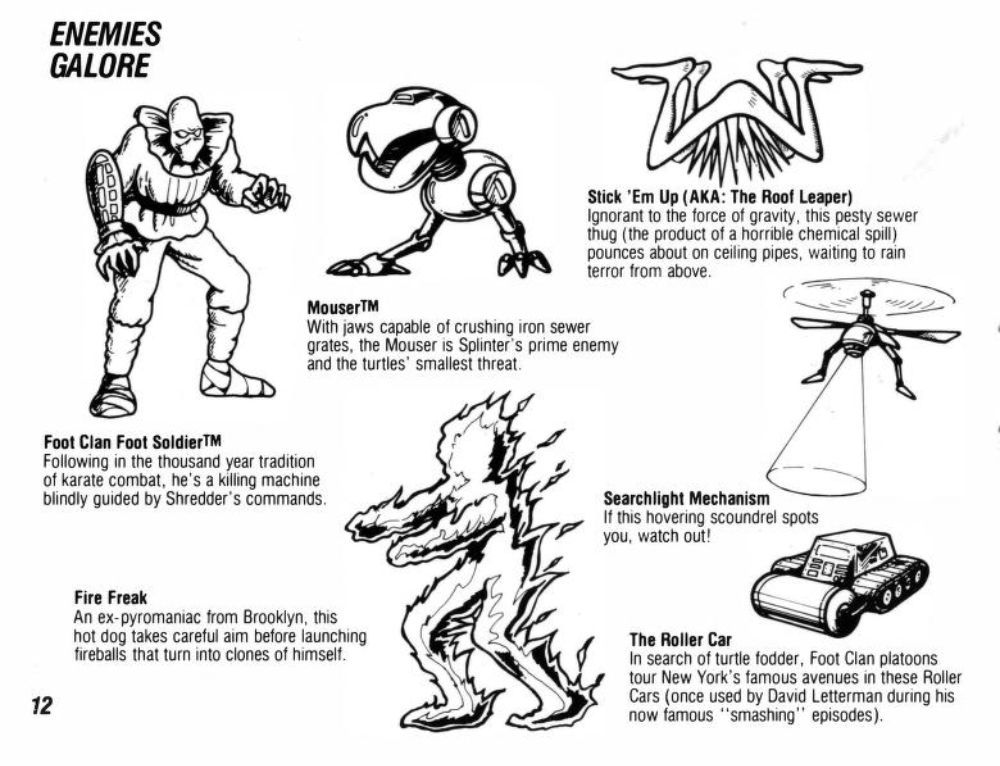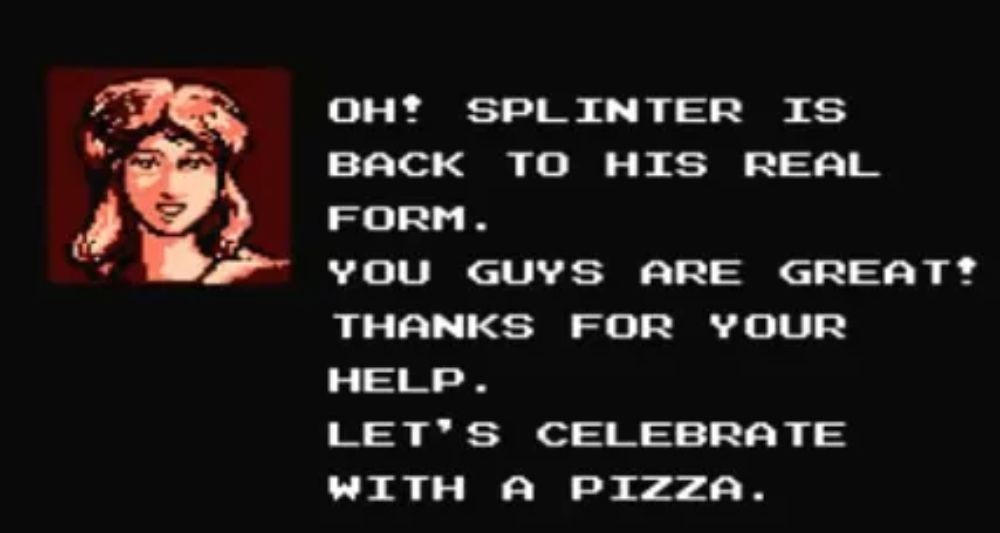1989's Teenage Mutant Ninja Turtles for the Nintendo Entertainment System is undoubtedly one of the more memorable releases for the console. The game would be the first TMNT game released by Japanese publisher Konami, beginning a relationship between developer and property that saw the release of some classic games. Decades later, enough affection for these games exists to make the 2022 re-release of the Konami titles, The Cowabunga Collection, a hit.
Not that fans at the time immediately understood that Konami was, in fact, the publisher of the NES Teenage Mutant Ninja Turtles. The title was published under Konami's Ultra Games imprint in America and the corresponding PALCOM brand in Europe and Australia. Hoping to prevent the glut of questionable products that was largely responsible for the early industry crash, Nintendo limited the number of titles a publisher could release each calendar year. Konami's response was to create the Ultra and PALCOM imprints and to release titles without the Konami branding.
"Turn Your House into a Sewer"
The Nintendo release predates Konami's two TMNT arcade games, however. And it's not exactly as beloved as those arcade cabinets. The NES Teenage Mutant Ninja Turtles is a notoriously difficult platformer, a source of endless frustration for a generation of '80s kids.
The game's core story is loyal to the basics of Turtles lore. Their main nemesis Shredder boasts of his Life Transformer Gun, a weapon capable of returning their rodent sensei Splinter back into his human form. Both April O'Neil and Splinter are kidnapped in different levels, and players can swap between one of the four Turtles at any time during gameplay.
April serves a clever purpose for much of the game, providing onscreen tips and occasional pledges of support. As the first human ally of the Ninja Turtles, April's inclusion in the game makes sense. In the original Mirage Comics continuity, April was introduced as a computer programmer and assistant to mad scientist Baxter Stockman. When fleeing Stockman's creations, April was chased into the sewer, where the Turtles saved her life. They soon bonded, and April remained a recurring figure in the comics.
The 1987 animated TMNT adaptation recast April as a television reporter, targeted by a street gang when investigating what was later revealed to be Shredder's activities in New York. After attempting to evade her attackers in the sewers, she encountered a dead end with the gang on her trail. The Turtles arrived for the rescue in a sequence reminiscent of the original comics. This interpretation of April, designed by famed animator Peter Chung, tends to be viewed as her most iconic look and is the basis of her appearance in the game.
The Menace of…Boogie Beetle?
While recognizable Turtles antagonists exist as level bosses, many of the villains players face are unique to the game. This has led some fans to speculate that Konami reskinned an existing game in development and inserted just enough TMNT material to have it pass as a Turtles game. This has never been confirmed, but if players question just why they're facing Konami-exclusive oddities like Blood Eye, Stick 'Em Up, Chainsaw Maniac, and Boogie Beetle, it's at least a tempting theory.
The wave of Turtles merchandising was still new to Japan during the game's release -- in fact, some sources have it as the first TMNT merchandise in Japan period. Japanese licensors and Mirage Studios had yet to decide on just what to call the Turtles in Japan. The Famicon release, which predated the American launch by a few months, was titled Geki Kame Ninja Den, roughly translating to Legend of the Radical Ninja Turtles. Later Japanese releases directly translated the traditional American title. And since the Famicon's title didn't match the American release's, this enabled the Famicon sequel to simply be Teenage Mutant Ninja Turtles, rather than the American title, Teenage Mutant Ninja Turtles II: The Arcade Game.
Although the game was always intended as a tie-in to the animated series that launched in 1987, the Turtles' origin is changed so that Shredder's mutation ray is the source of their humanoid forms rather than a canister of ooze. Given Shredder's use of a mutation ray as a weapon in the final level, reverting the heroes into small pet store turtles, this likely made sense to the Japanese localizers. The cartoon and comics had yet to arrive in Japan, so within the context of this game alone, this makes the story's beginning and end symmetrical.
A Translation Slip, Or Something More?
A more interesting quirk of this nascent mythology in Japan can be found in the game's translation. In both the instruction manual and gameplay, the term "otōsama" is used in reference to Splinter's relationship with the Turtles' human ally, April O'Neil. Translated into English, "otōsama" means "father."
Some fans view this as a simple translation hiccup. In some circumstances, otōsama can be a term of respect for an older male. When April calls Splinter "otōsama" onscreen, they argue, she's calling him the "father" of the Turtles. However, the game's instruction manual (viewable on the Cowabunga Collection's bonus features) clarifies the context. As explained in the manual, April is, in fact, the biological daughter of Splinter. Conceived, we have to assume, before Shredder's machinations mutated him into a giant rat.
If players finish the final level, the Shredder turns into a pile of ash, and his Retromutagen Ray Generator is used to transform Splinter back into Hamato Yoshi. In Japan, this is more than the story of the Turtles rescuing their sensei; it's the story of a daughter being reunited with her father and receiving the gift of her father returning to his true form. While this might initially come across as a bizarre alteration of the lore, within the context of this game, it's actually a sweet ending, and makes perfect sense from the perspective of Japanese game developers who don't know a Ninja Turtle from a BattleToad.

